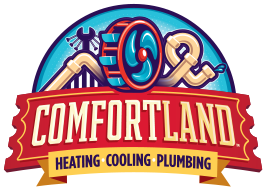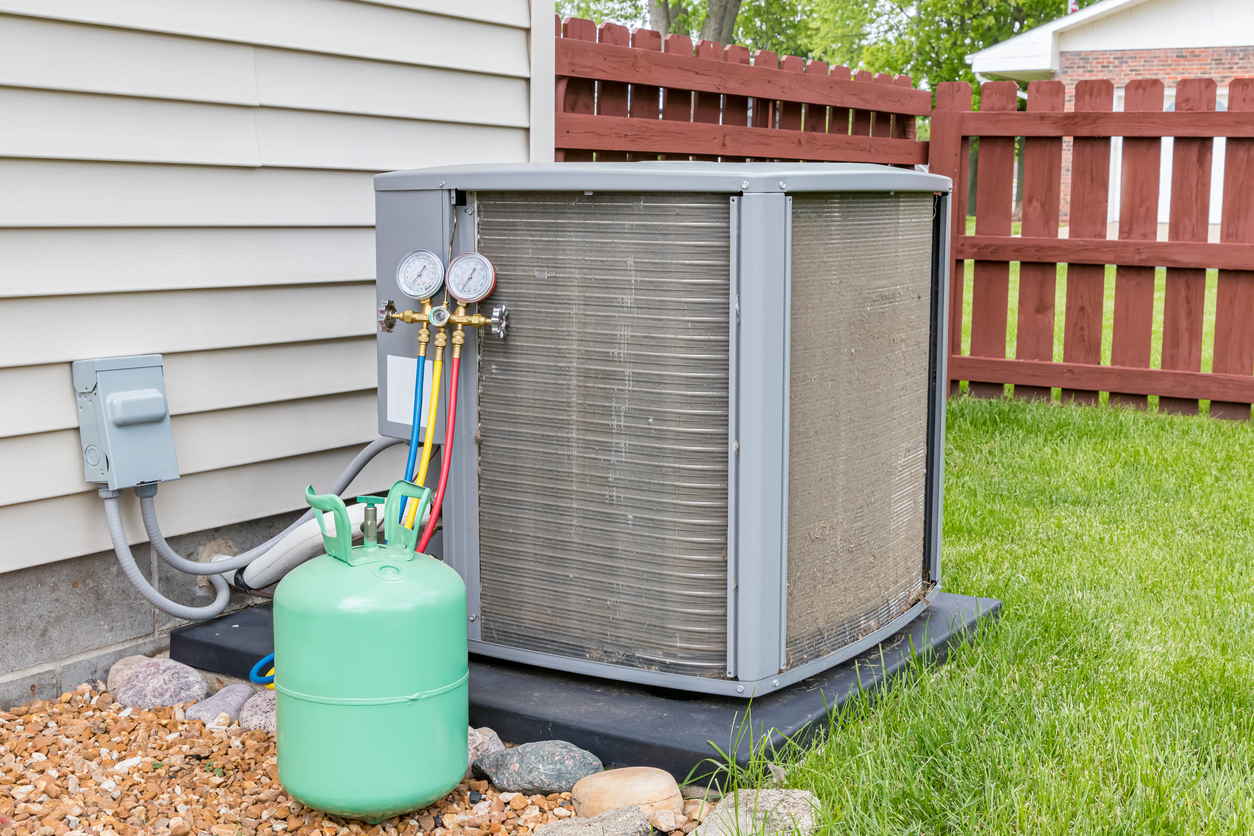
When it comes to the efficiency and performance of your air conditioning (AC) system, two components play pivotal roles: the evaporator coil and the condenser coil. While they may seem similar at a glance, their functions, maintenance needs, and impact on your AC system’s operation are distinct. This comprehensive guide will delve into the evaporator coil vs. condenser coil, helping you understand their importance and how to keep your system running smoothly.
What is an Evaporator Coil?
The AC evaporator coil, often simply called the evaporator coil, is where the actual cooling of your home’s air takes place. Located inside the air handler or attached to the furnace, it works by absorbing heat from indoor air that passes over it, effectively lowering the temperature of the air while also removing humidity. The evaporator coil is filled with refrigerant, a substance that changes from liquid to gas as it absorbs heat.
Understanding the evaporator coil’s role is crucial because any issues with it, such as dirt accumulation or leaks, can significantly reduce the efficiency of your AC system. Keeping the AC evaporator coil clean and in good repair is essential for maintaining optimal air quality and comfort in your home.
What is a Condenser Coil?
On the other side of the system is the AC condenser coil, typically located outside your home in the AC unit. The condenser coil’s primary function is to release the heat absorbed by the evaporator coil outside. It does this by condensing the refrigerant from a gas back into a liquid form, a process that releases the heat to the outdoor air. The AC condenser coil plays a vital role in the cooling cycle by ensuring that the refrigerant is cycled properly and efficiently, keeping your system running smoothly.
Like the evaporator coil, the condenser coil requires regular maintenance to function effectively. Dirt, debris, and other outdoor elements can coat the coil, reducing its ability to expel heat and forcing your AC system to work harder, leading to increased energy bills and potential system breakdowns.
Evaporator Coil vs. Condenser Coil: Key Differences
While both coils are integral to your AC system’s cooling process, they serve different purposes. The evaporator coil is focused on absorbing heat from indoor air, whereas the condenser coil is responsible for expelling that heat outside. Maintenance for each also differs due to their locations and the unique challenges they face. Indoor evaporator coils need to be protected from dust and indoor air particles, while outdoor condenser coils must be kept clear of leaves, dirt, and external debris.
Maintenance Tips for Optimal Performance
To ensure your AC system operates at peak efficiency, both the evaporator and condenser coils need regular maintenance. Here are some tips to keep them in top condition:
Clean Regularly: Both coils should be cleaned at least once a year. For the evaporator coil, this might require professional service due to its location within the indoor air handling unit. The condenser coil can often be cleaned by homeowners by carefully removing debris and gently washing the coil with a hose.
Check for Leaks: Refrigerant leaks can occur in either coil, reducing the efficiency of your AC system. If you notice any leaking fluid or a decrease in cooling efficiency, it’s time to call in a professional.
Ensure Proper Airflow: Make sure that nothing is blocking the flow of air to either coil. This includes keeping indoor air filters clean and ensuring that the area around your outdoor AC unit is clear of plants and debris.
Conclusion
Understanding the roles and maintenance needs of the evaporator coil and condenser coil in your AC system can significantly impact your home’s comfort and your system’s efficiency. By keeping both coils clean and in good repair, you can enjoy cooler, more comfortable air inside your home while also extending the life of your AC system and reducing your energy costs. Remember, regular maintenance is key to keeping your system running smoothly, so don’t overlook the importance of these critical components.
Recent News
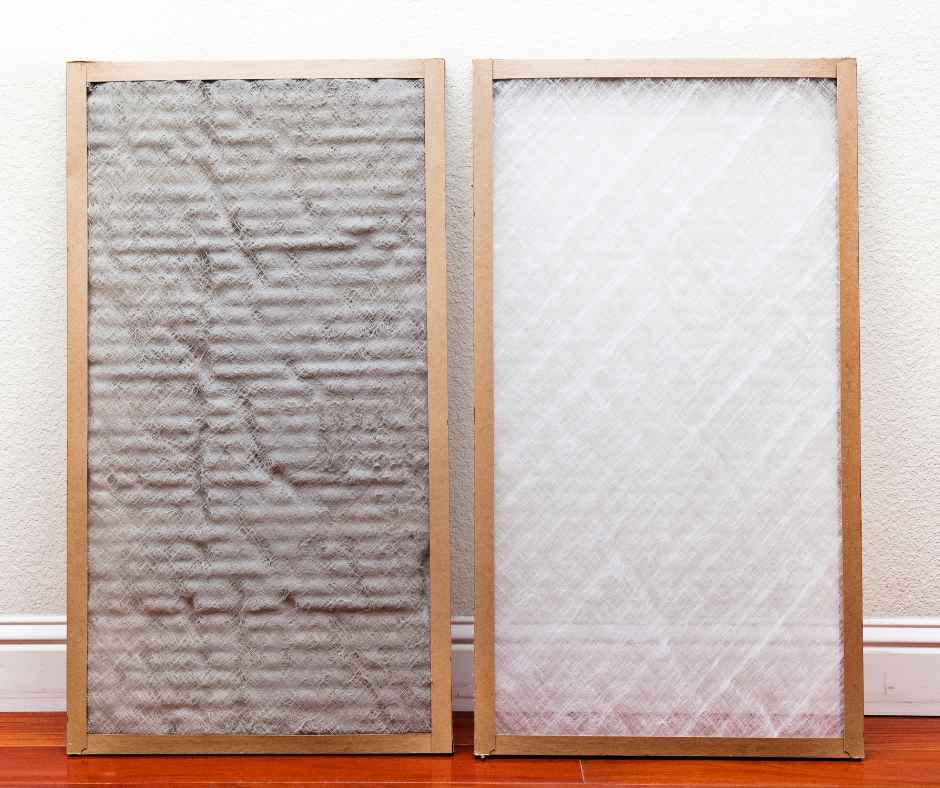
What MERV Rating Should I Use?
Read More
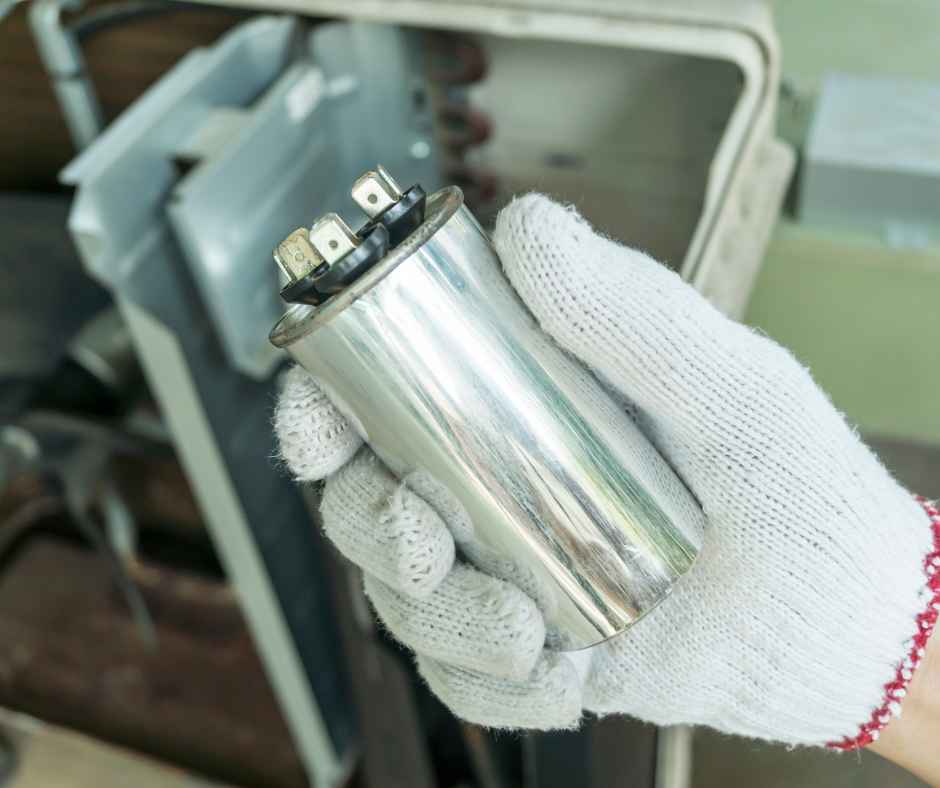
What Does a Capacitor Do?
Read More
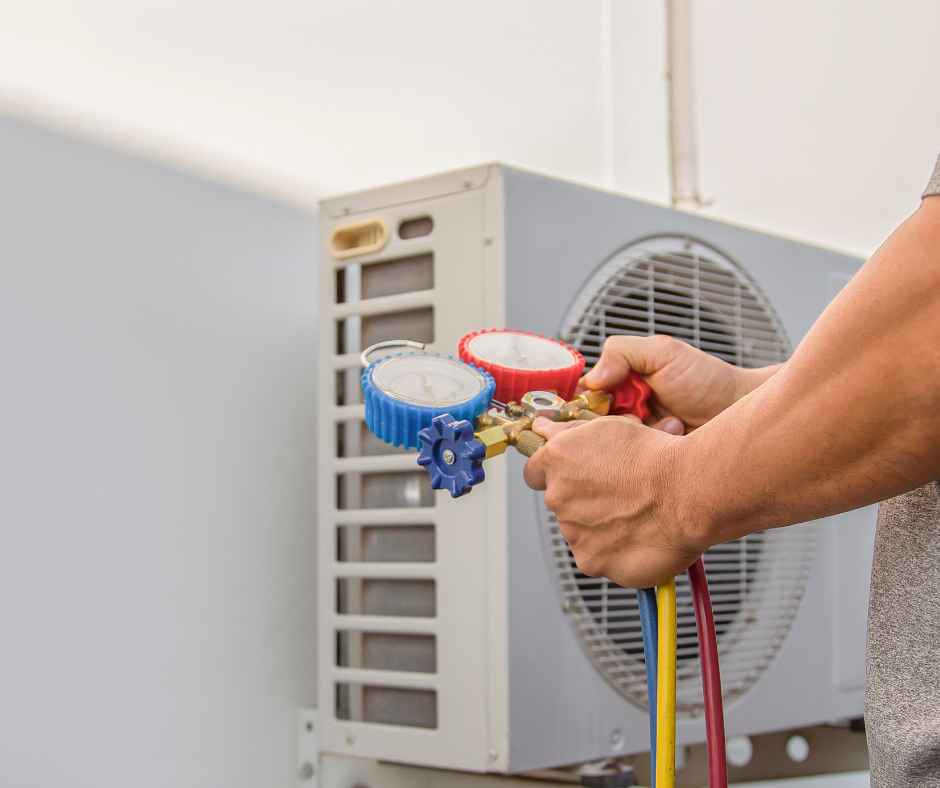
R-410A Refrigerant Phaseout: What Homeowners Need to Know
Read More
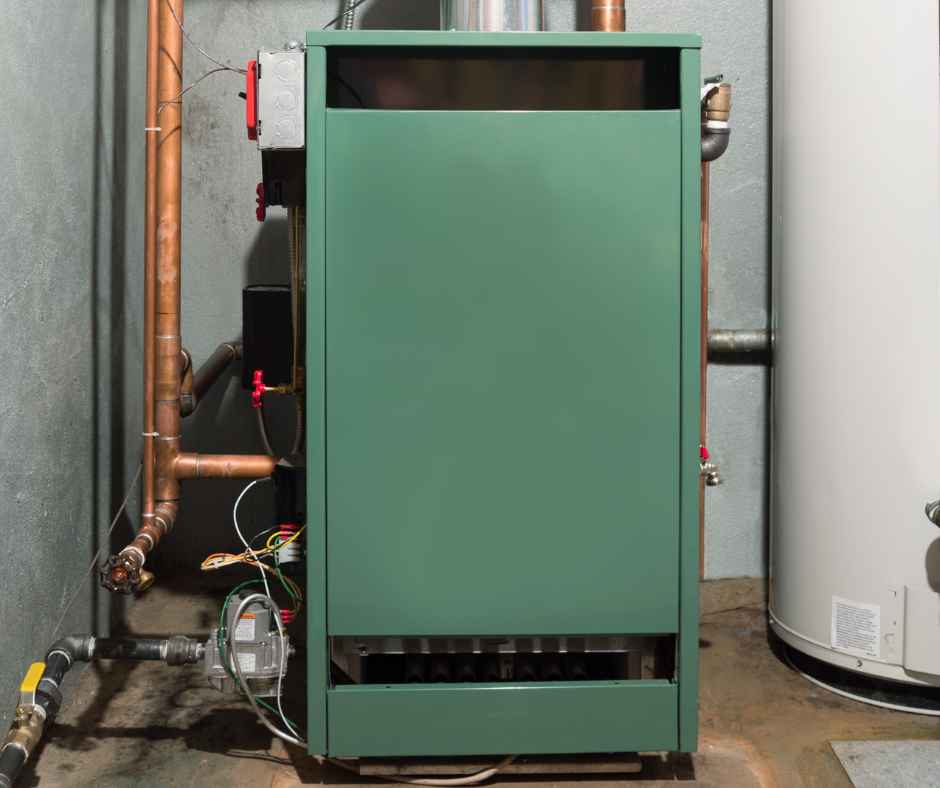
My Furnace Won’t Turn Off
Read More
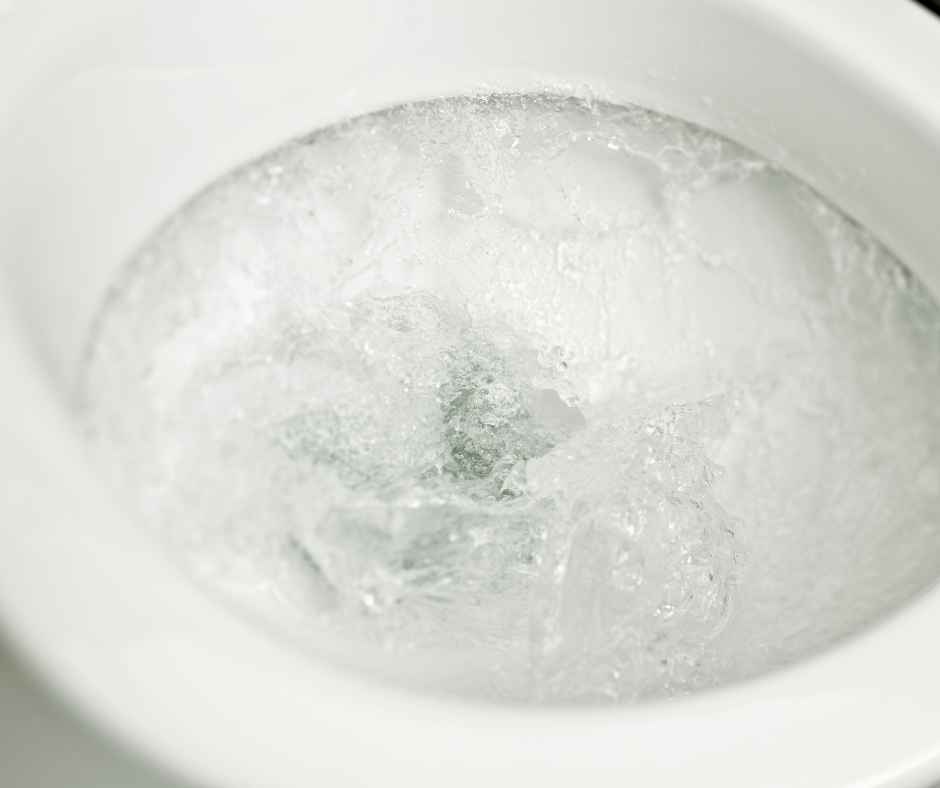
How to Unclog a Toilet Without a Plunger
Read More
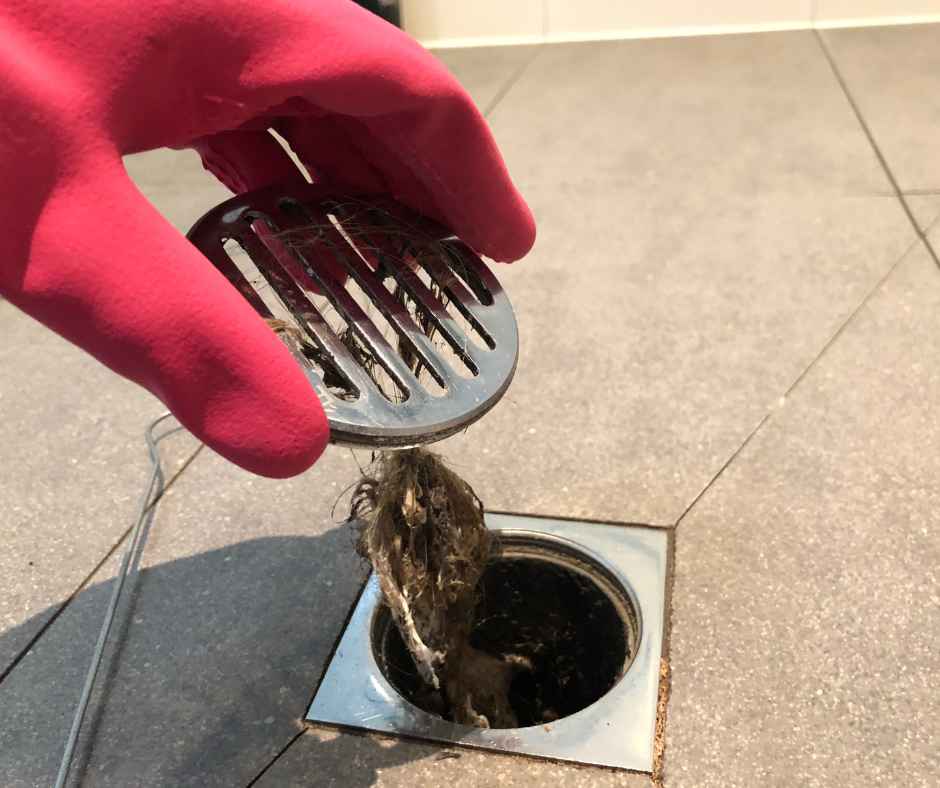
How to Unclog a Shower Drain
Read More

What Is Considered a Plumbing Emergency?
Read More
